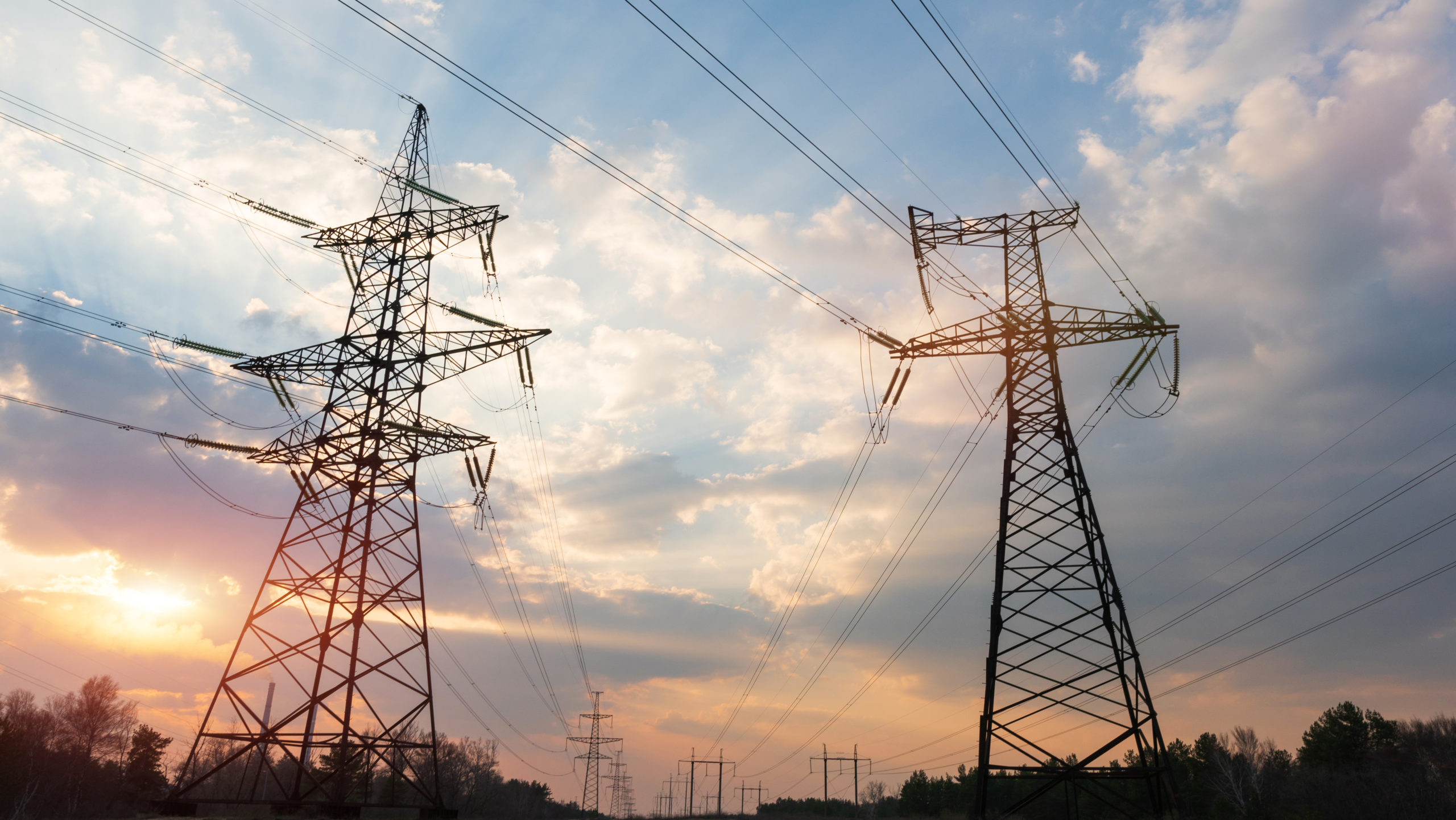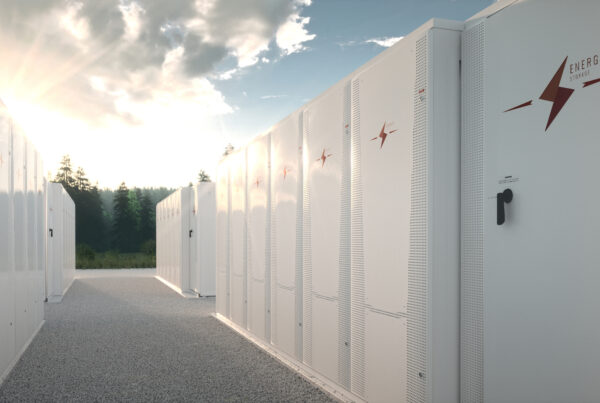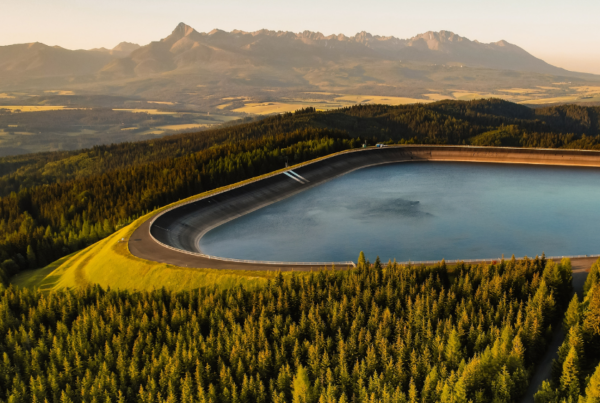
- Spain’s electricity transmission system has not kept pace with the country’s rapid renewables buildout in recent years, creating areas where local transmission assets do not have the capacity to deliver available power to consumers, causing generation to be curtailed; solar and wind curtailment rose more than tenfold year on year in 2022, new analysis by Aurora Energy Research finds.
- The Technical Restrictions market, whose functions include managing constrained areas of the transmission system, cost Spanish energy consumers 1.3bn € in 2022 and accounts for a disproportionate share of power sector emissions, Aurora calculates.
- Spain’s renewables pipeline far exceeds transmission system operator REE’s projected capacity additions, indicating that grid constraints and the ensuing costs to developers, investors, and consumers will increase until action is taken to address them.
- Aurora’s analysis of grid constraints in Iberia is available in a free, public report: Grid Constraints in Iberia: A Curtailment Threat or a Storage Opportunity?—request access here.
Spain is undoubtedly a renewable energy superpower. Favourable weather conditions and ambitious government targets have enabled rapid buildout over the past decade. Renewables accounted for 51% of total power generation in 2022, compared to 46% in Germany and 38% in the UK, and installed capacity rose by 9% year on year. Aurora Energy Research forecasts that renewables will generate 80% of total power output in 2030, surpassing the government’s target of 74%.
The national electricity transmission system has not expanded in line with renewable power generation—a rapidly rising number of generation assets are connecting to a disproportionate number of transmission assets, resulting in increasingly frequent periods where, in certain areas, electricity generation exceeds the capacity of local transmission assets and cannot be delivered to consumers. These constraints are costing renewable generators and electricity consumers and are slowing progress towards Net Zero, new analysis by Aurora finds.
REE, Spain’s transmission system operator, uses the Technical Restrictions market to manage grid constraints. Participating generators can bid to increase their power output when additional generation is needed to restore the system’s correct voltage level, and all participants can be instructed to curtail generation when supply threatens to exceed the transmission system’s local capacity. Voltage control services are almost entirely provided by gas- and coal-fired power plants—the market accounted for 7–15% of annual power sector CO2 emissions between 2017 and 2021, despite supplying only 3–4% of peninsular electricity demand.
The Technical Restrictions market added 1.3bn € to Spain’s total power system costs in 2022, borne by consumers and equivalent to 68 € per household, Aurora calculates. Costs have risen sharply over the past few years, totalling 840mn € in 2021, up from 530mn € in 2020 and 250mn € in 2019. While the market provides valuable additional revenue streams for generators, the benefits are not evenly spread—between July 2021 and October 2022, sixteen power plants earned over 20mn € in the Real Time phase of the market, representing 53% of the total revenue earned in this phase, Aurora finds. The remaining 47% was distributed across 136 plants.
The Technical Restrictions market also puts some generators at risk of losing money—generators instructed to reduce their power output in the Day-Ahead phase of the market are not compensated. These instructions are on the rise as intermittent renewable generation capacity increases: non-compensated curtailment in Spain rose to 715 GWh in 2022 from 67 GWh in 2021. Volumes are not evenly spread—more power is curtailed in regions with high renewable generation capacity compared to electricity demand, and insufficient local transmission capacity to transport the excess power to consumers in other regions. A 50 MW solar photovoltaic power plant located in Soria, where low population density results in available power supply frequently exceeding regional demand, would have lost 1.5mn €, or roughly 9% of its total gross margins, in January–October 2022 due to curtailment, Aurora’s modelling shows.
Grid constraints will increase until they form a central part of the planning processes for renewable power projects and transmission infrastructure investments. REE’s current investment plan foresees 16.6 GW of renewable installations by 2026, far below Spain’s pipeline capacity—as of 25 January 2023, planned renewable power projects totalling over 60 GW had received Environmental Impact Assessments. Installations not accounted for by REE would place additional strain on the grid. Once the firm’s investment plans better reflect Spain’s pipeline, REE can further ease potential pressure on the grid by considering current and anticipated constraints when granting access. Renewable project developers should also consider potential constraints in their planning—locating projects far from areas of high power demand would cause local grid constraints to worsen.
Ana Barillas, Head of Iberia, Aurora Energy Research, commented:
“Grid constraints pose a serious risk to Spain’s renewables sector. Without planning and investment to ease constraints, curtailment will rise, threatening prospective developers’ and investors’ returns and potentially preventing projects from securing capital. Energy storage systems could offer a critical short-term solution, storing power that would otherwise be curtailed during periods when local transmission assets are constrained, but large long-term grid investments will be required for the system to be able to effectively integrate renewables.”
Alexandre Danthine, Research Lead, Iberia, Aurora Energy Research, commented:
“While investments in grid infrastructure are needed to accommodate the influx of renewables into the system, the design of the market used to solve congestion issues needs to be scrutinized as well. The Technical Restrictions market is a locational pay-as-bid market. This creates a barrier to entry that limits competition, enabling a few power plants to bid as high as 80,000 €/MWh in some hours, despite the high costs for consumers.”
Christina Rentell, Senior Research Associate, Iberia, Aurora Energy Research, commented:
“As installed renewable generation capacity increases and grid constraints worsen, the Technical Restrictions market will continue to grow. Evolution will depend on both fundamental and policy-driven factors, such as power demand growth, increasing market participation from flexible assets such as batteries or electrolysers, and the result of the ongoing review of the relevant Operating Procedures. In any case, we do not expect curtailment to be remunerated in the future, meaning renewables developers will need to evaluate the impact of curtailment losses on their business cases.”
– ENDS –
MEDIA CONTACT
Megan Tracey, European Press Officer
megan.tracey@auroraER.com | +44 (0)7810 817354
ABOUT AURORA
From its Oxford academic roots, Aurora Energy Research has grown to become the largest dedicated power market analytics company in Europe, providing data-driven intelligence for strategic decisions in the global energy transformation. We are a diverse team of more than 350 experts with vast energy, financial, and consulting backgrounds, covering power, hydrogen, carbon, and fossil commodities. We are active in Europe, Australia, and the US, working with world-leading organisations to provide comprehensive market intelligence, bespoke analytic and advisory services, and cutting-edge software.






